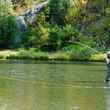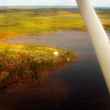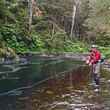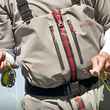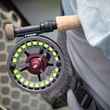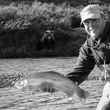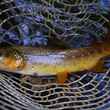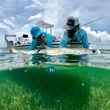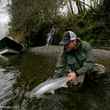Sometimes, creating a great product is all about the big things; coming up with an entirely new concept, innovating the use of radically new materials, engineering superior mechanics and so on. More often, though, it seems to come down to the little things. Whether that involves scrutinizing materials, the finer points of form and function, refining existing designs or listening to and incorporating customer feedback; companies whose design and manufacturing philosophy revolve around honing even the most minute details often build the best products.
Spend even a few minutes talking with Vedavoo founder Scott Hunter -- as he describes pattern making and stitching refinements and improvements that many of Vedavoo's most popular slings and packs have seen over their life cycle, waxes lyrical about fabrics and their sources, or talks excitedly about discoveries they've made about their own designs over the years -- and it becomes abundantly clear just how important the little things are at Vedavoo. And the thing about all those little things, is that they quickly add up to become big things.



